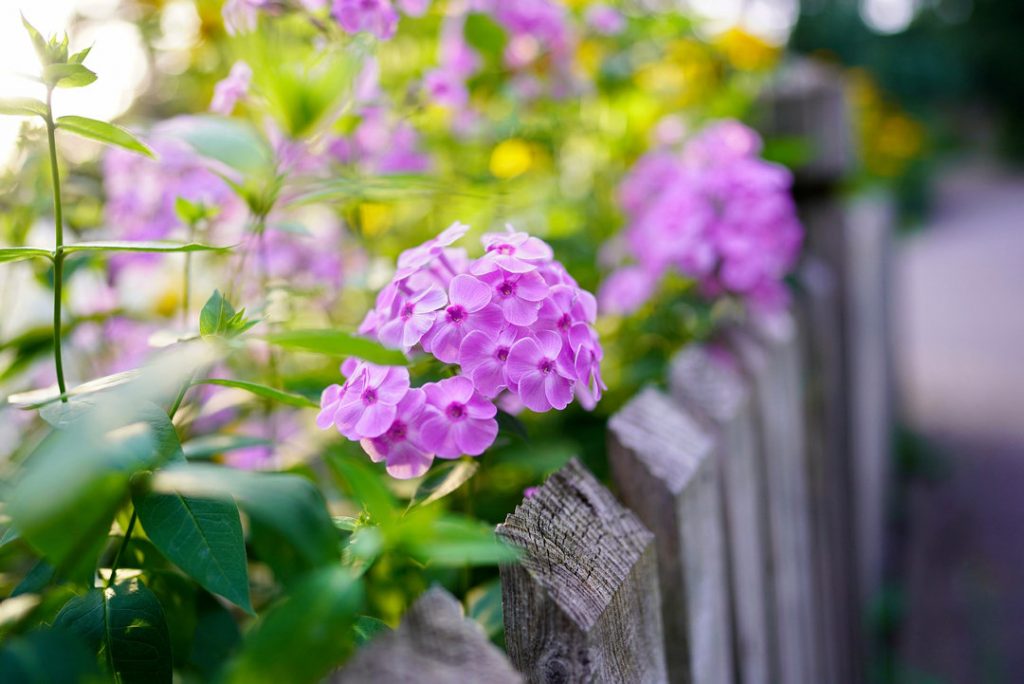BY LEAH ZERBE
When I stumbled upon the Alliance for the Bay’s Yard Design Tool last year, it was like hitting the ecological gardening jackpot.
Whether you’re a veteran landscaper or brand new to planting, this tool is an invaluable source to help you choose the best plants for your conditions.
The online tool is part of the alliance’s “Reduce Your Stormwater” initiative. While farms are often targeted to reduce erosion and runoff to protect our waterways, the truth is we all have a vital role to play.
Taking areas of your grass lawn and turning it into a space with more native flowers, shrubs and trees effectively turns part of your property into a sponge. The deeper roots help pull down rainwater, keeping it from rushing off and carrying pollutants, valuable topsoil and floodwaters to downstream neighbors.
In some parts of the country, forward-thinking municipalities are even offering modest tax breaks to homeowners and businesses who adopt these ecological gardening concepts. Knowing certain pockets of Schuylkill County are plagued with flooding, this is something I hope will happen here, too.
For now, though, it’s our personal responsibility to incorporate more pesticide-free, native plantings in our own yard, business and school landscapes. The payoff, as many studies show, will come in the form of cleaner streams for fishing and kayaking, safer drinking water, fewer flooded basements and fewer taxpayer dollars required to deal with these problems.
According to the United States Geological Survey, forested watersheds are much less likely to flood. That’s because the heavy rains are stored as groundwater, and are then slowly discharged back to streams through natural seeps and springs. It’s that water rushing off of our turf lawns, rooftops, paved parking lots and streets that creates flooding issues. Clearly, our building codes, laws and infrastructure designs are not keeping up with the increase in torrential downpours the Mid-Atlantic region is experiencing. (And is projected to continue experiencing.)
Thankfully, what we do in our yards can help mitigate the problem. And Save the Bay’s free yard design tool will help property owners in Schuylkill County develop a plan to install a rain garden or conservation landscape in their yards.
The questions may require some detective work on your end, but winter is the perfect time to plan your spring garden.
The tool will take into consideration soil moisture levels, where overhead wires are located, the garden size you’re interested in creating and much more. The great news is a conservation landscape can be installed just about anywhere.
You can even choose your conservation garden style. That includes options like a native meadow, a butterfly garden, a woody screen of shrubs or a single tree as a focal point.
If you’re as antsy as me to get out and garden, this tool will serve as a wonderful way to plan your spring planting. After all, May will be here before we know it!
To create your free customized plan, visit www.stormwater.allianceforthebay.org/yard-design.
Contact the writer: leah.zerbe@gmail.com




